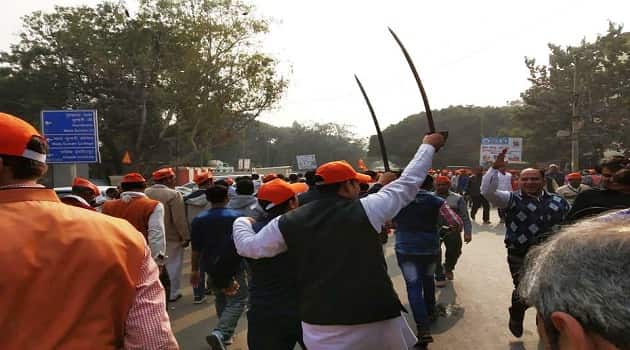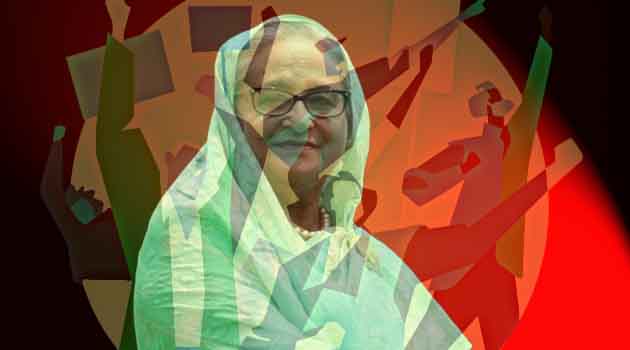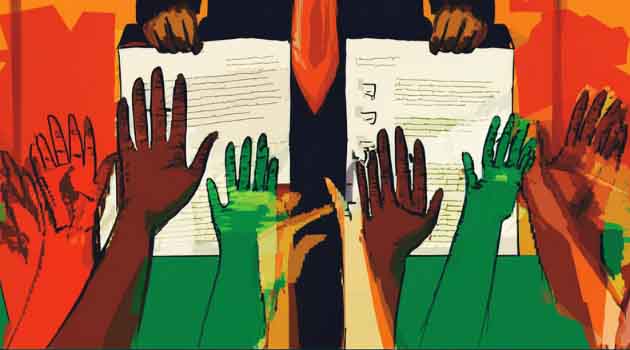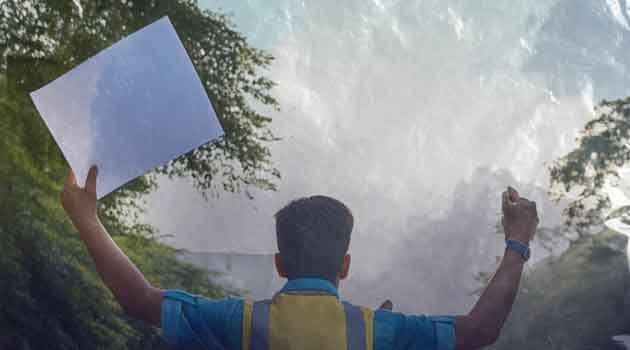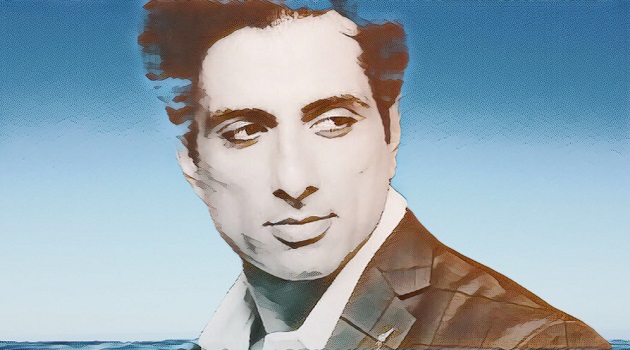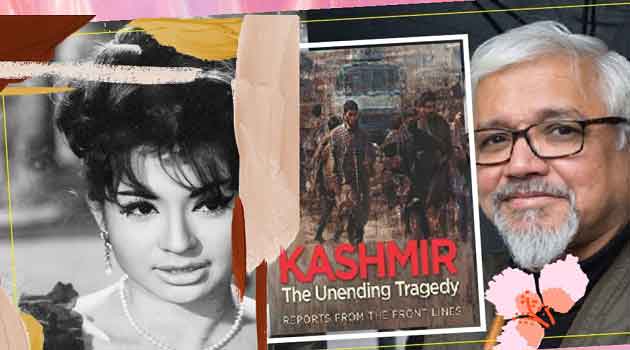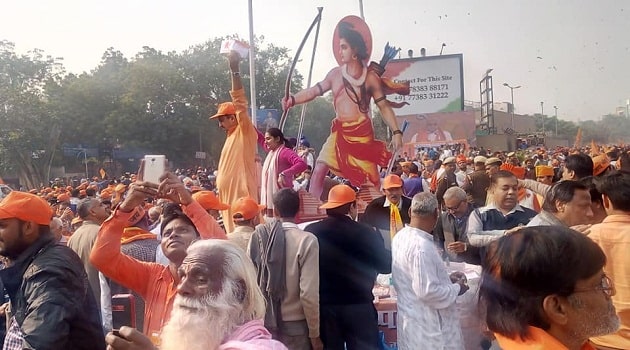
Why is the government not enacting a law to build Ram Temple in Ayodhya? This question figured prominently at the VHP rally in the heart of Indian capital New Delhi, on Sunday, December 9.
The place – Ramlila Ground – chosen by the Vishwa Hindu Parishad (VHP) for their members to assemble and slogan-shout is sandwiched between one of the tallest buildings in the capital city and an area inhabited by Muslim community.
And standing amidst a crowd there, Hindu think-tank Rashtriya Swayamsewak Sangh (RSS) leader Suresh Bhaiyyaji Joshi assailed the ruling Bhartiya Janata Party for not fulfilling its promise of constructing Ram Temple at Ayodhya.
He demanded that Bhartiya Janata Party (BJP) government should enact a law enabling temple’s construction. The demand is to build the temple of Lord Rama at the very site where a mosque (Babri masjid) got demolished on December 6, 1992.
The RSS leader had recently told a press conference in Mumbai that “the issue of Ram temple in Ayodhya is connected with the sentiments of crores of Hindus. The Supreme Court should realise this and expedite the proceedings of the matter.”
Stating that any government runs on a balance between consensus and law, Suresh Bhaiiaji Joshi had said, “The wait (for Ram Temple) has been inordinately delayed.”
Ever since the demolition of Babri mosque, building the temple of Lord Rama has been the chief demand of Hindu organisations as also that of the BJP which governs the country, now. However, BJP leaders have been skeptical of their own dreams as well as any such promises.
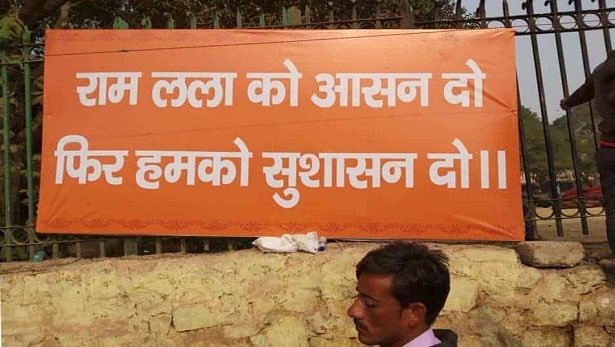
In 2014, when the country last went for nation-wide polls, it was believed that BJP would make this issue its main plank, to win over the majority which consists of primarily Hindus.
And when BJP actually came to power as a result of massive win, the trust of rightwing leaders multiplied in BJP and they would believe construction of Ram Temple will begin anytime.
But, almost five years down the lane, the temple has not come up. The legalities of the land where the Ram Temple is proposed to be erected, is also pending before the Supreme Court of India and BJP leaders seem non-committal on their causal pledges that they would ensure the temple at Ayodhya.
Interestingly, BJP’s most charismatic leader Atal Bihari Vajpayee, who passed away in 2018, had been the prime minister of the country, thrice. But, he evaded this task whenever in power. Vajpayee’s deputy Lal Krishna Advani, too, did not answer the call of his partymen or the Hindu outfits despite championing the cause of the temple by riding a chariot throughout the country.
It is pertinent to mention that it were Vajpayee and Advani who were the two pillars on which the BJP built up both its support and numbers. However, with Vajapyee dead and Advani sidelined, no one in BJP can talk straight on the Ram Temple issue.
No wonder, fringe outfits and Hindu organisations are up in arms to beat about the bush, more so because another election in the country looms large. Come 2019, and India would go into the election mode. Fresh promises would be made, regionalism will erupt and caste politics will decide the candidates.
Amidst all these, the Ram Temple must not be lost. Perhaps this is the goal of the Hindu outfits which would go to any extent to keep the issue alive, for this exercise electrifies their majority voters.
The promise of Ram Temple may not be immediate, but for Prime Minister Narendra Modi and his BJP, it should not mean much if they swear that the Ram Temple will be build in 2022.
Promising anything is more like a gimmick that Modi and his party president Amit Shah are more likened with, because they have been promising Moon and Mars by the year 2022.
